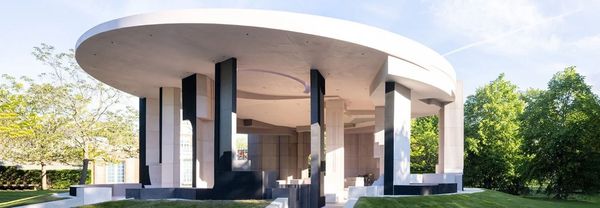Twenty-seven layers of dough made of the best Hungarian and European ingredients, with incredible care—the Freyja – the croissant story has been a true favorite of the audience since 2019, and it is now available in both the Buda and the Pest side of the Hungarian capital. The story just got to an exciting new turning point: the country’s first croissant bar has opened!
Probably everyone who is a tiny bit interested in the trends of the Hungarian gastronomic scene is familiar with the story of Freyja. Péter Dormán and his team opened the unit in Szövetség Street in 2019, but no one anticipated such a huge success—especially since the critical voices didn’t forecast anything promising for the store lying on the border of District VII and District VIII. However, Peti and his team have set the bar so high up that they have impressed both the professional community and the audience. It’s no wonder, since he created the premium category of the croissant world after having studied in Copenhagen, bringing Scandinavian traditions home and then finetuning them to fit Hungarian specificities.
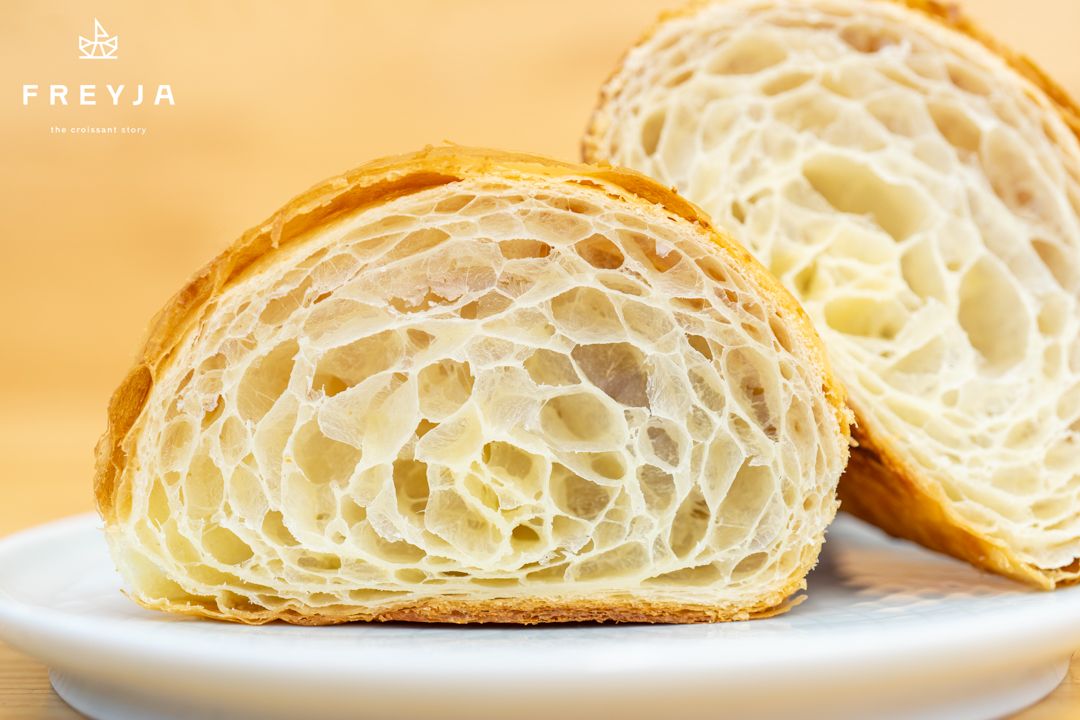
Even though this type of pastry has been prepared by many in many different ways, Freyja has set the bar high: Elle & Vire butter with a 84% fat content, wheat grown in Sárosd by Peti’s father and special production circumstances. Because in order for the croissant to be crunchy yet light on the outside and perfectly layered on the inside, a lot of things have to click. There can’t be too warm in the kitchen (the bakers’ hands can’t melt the butter either) and they have to give time to the two types of sourdough (traditional and madre) and to the yeast (each and every piece of the croissant is made for four days). The result is a characteristic, a bit caramelly, soft buttery miracle, which is already great in itself, but when filled with their home-made fillings (such as the Valrhona chocolate and home-made jams), it takes you right to heaven.
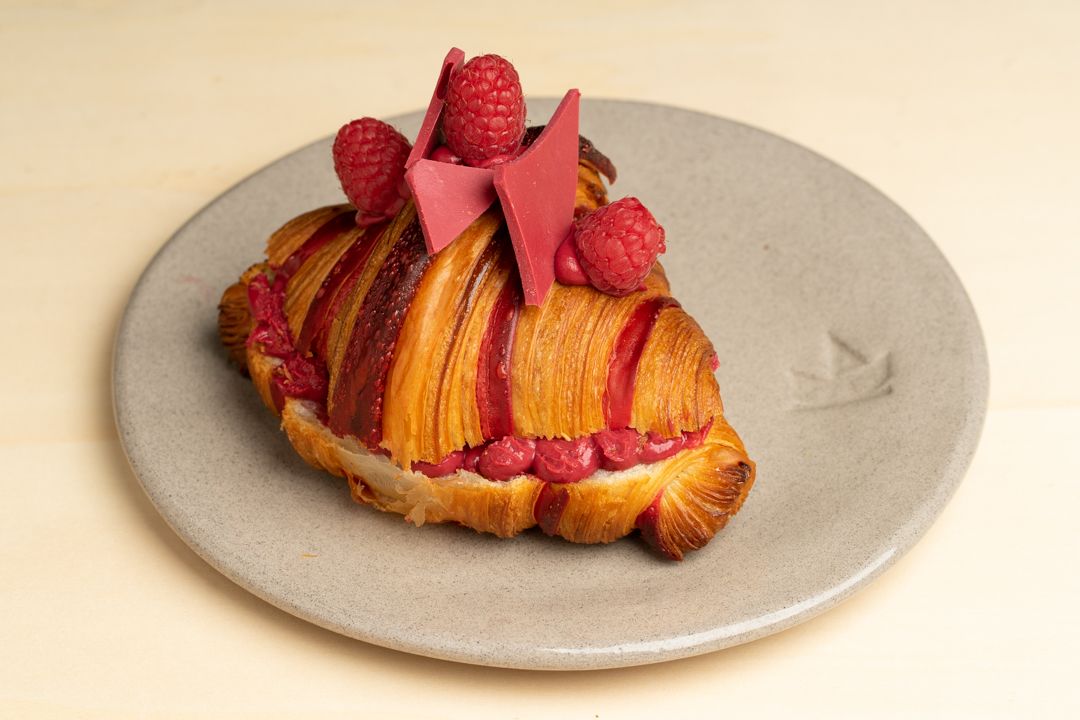
Their selection usually changes every three months and is always based on seasonality: right now, for example, the more wintery, caramel-chocolate flavors have been replaced by light fruity ones, such as strawberry and mango, as well as popular Hungarian ingredients such as curd. Only one thing is permanent: the pistachio croissant, filled with a cream made of loads of pistachios and Valrhona chocolate—if they were to remove this from their menu, people would probably go really mad, as many actually come here from far away, from remote parts of the country or even the world.

Of course, the time of the pandemic took its toll on them like it did on everyone else. They launched a genial new collection right at the end of winter last year with cube-shaped croissants, with brunches that would suffice as a main course, with ciabattas, and they were full of plans for a new place in Rumbach Sebestyén Street, which would have taken the load off of the unit in Szövetség Street, as often there were long lines of people standing and waiting in front of the store. Then came the pandemic, everything closed down and they found themselves in an unusually silent space. They continuously supplied their products to cafes—with a slightly different selection from the one in the store—but these orders also dropped drastically, and tourists disappeared. They needed a new plan urgently, but they didn’t panic: they set up their home delivery system roughly within a week, they added new products to their assortment (including cocoa and walnut rolls), they kept baking in the store, and they popped up in several popup locations all across the country during the summer. And the audience and their regulars kept coming and buying gratefully, which eventually ended up saving the Freyja family.
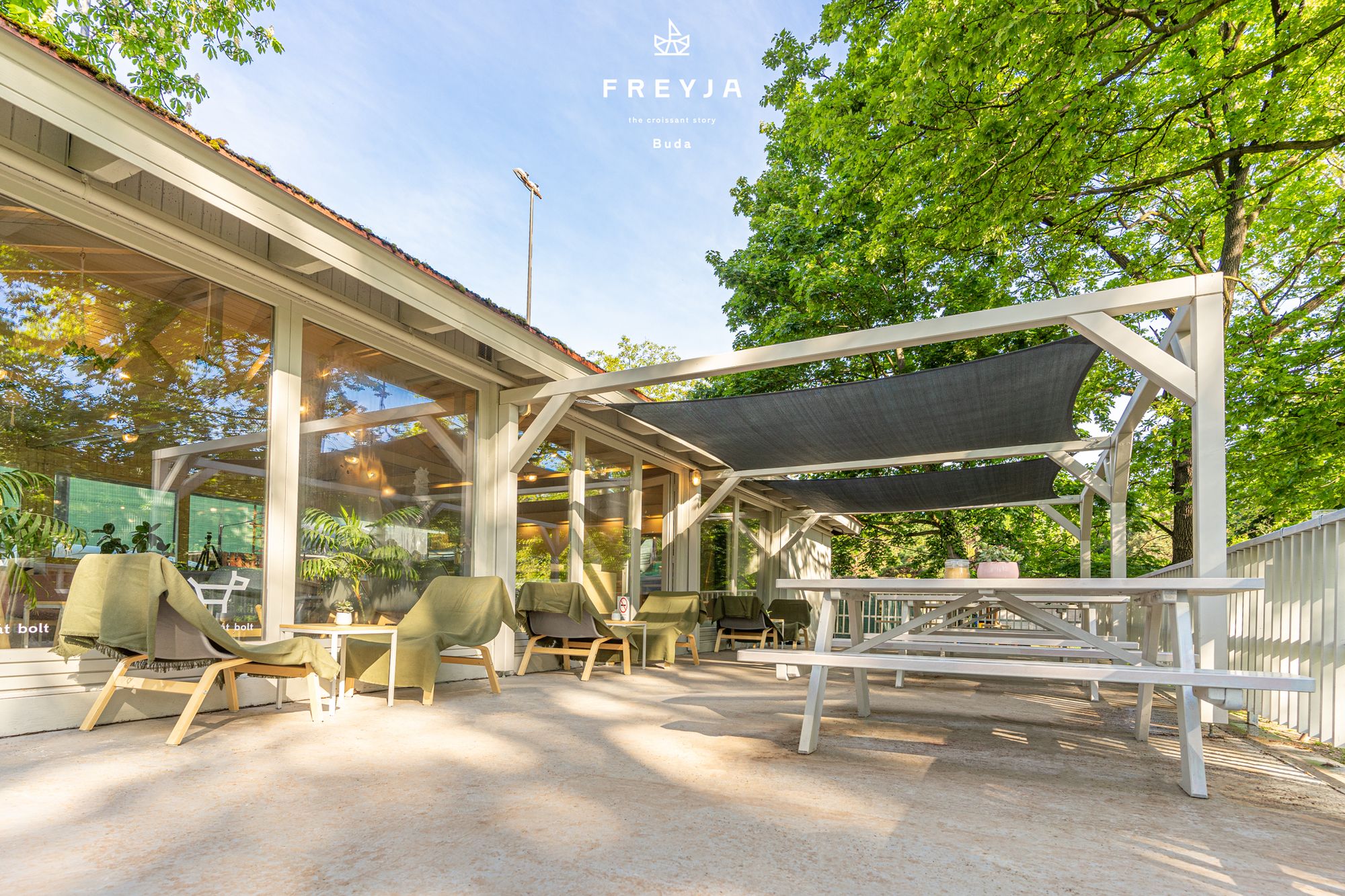
They received the proposal in this somewhat chaotic but very loveable situation from the Buda side of the city, from Vadaskerti Street, where the owner of the local tennis court was looking for a new tenant for the building once operating as a snack bar. As the croissants had a lot of local fans, but they seldom visited their Pest location, Peti and his team decided to go for it. The new store flooded with natural light and surrounded by ancient trees opened at the beginning of the winter shutdowns, with great success. First for takeaway only and then for eating on the terrace, locals, and, later on, even Hungarian gastro-tourists, started to discover Hűvösvölgy and the new Freyja unit with joy. The extra lovely ideas such as the Freyja tours and the Freyja merch gave even more incentive for visits, but they still had time to launch a collab collection with Chez Dodo, which once again shook things up a bit.
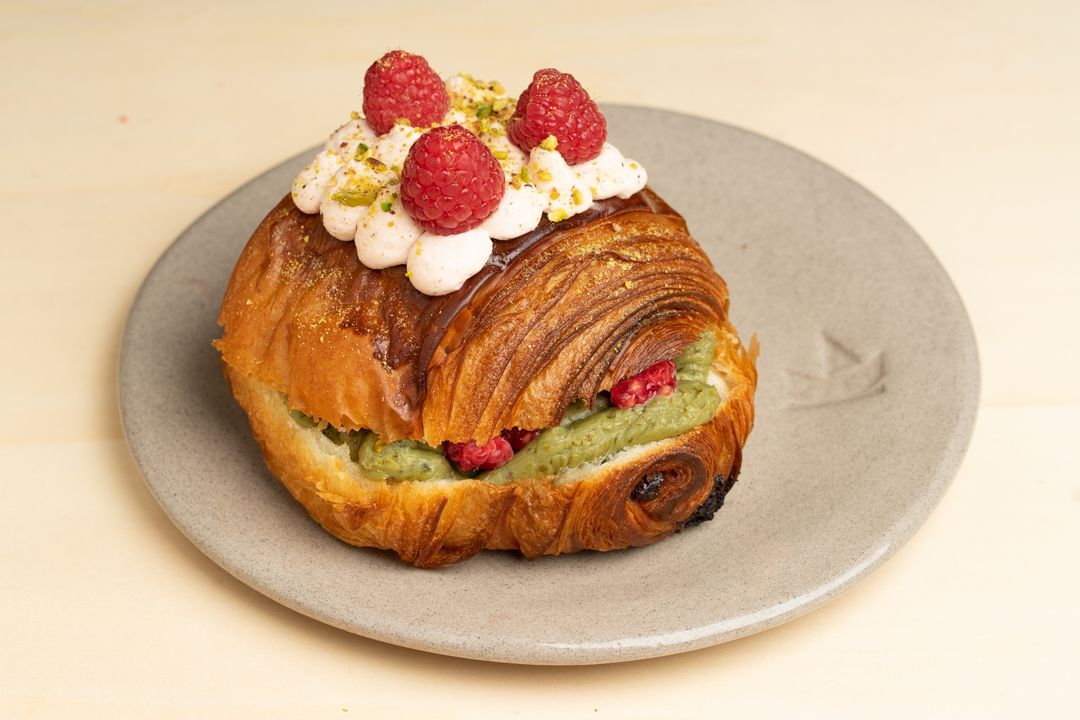
And what’s the next chapter in the story, you ask? The unit in Vadaskerti Street provides a great venue for spending a lovely afternoon, so they are now open until 7.00 pm, while the croissant palette is expanded with various sandwiches, alcoholic beverages and cocktails for the afternoon. On top of it all, in the summer they plan to build an oven next to the terrace where they’ll bake focaccia and other delicacies, but they have many exciting ideas up their sleeve, including opening a place in the countryside… So all in all, either for the atmosphere or the new mango chausson inspired by Cédric Grolet (French top confectioner—the Ed.), drop by either of the Freyja units!

Comprehensive book on the works of Imre Makovecz gets published
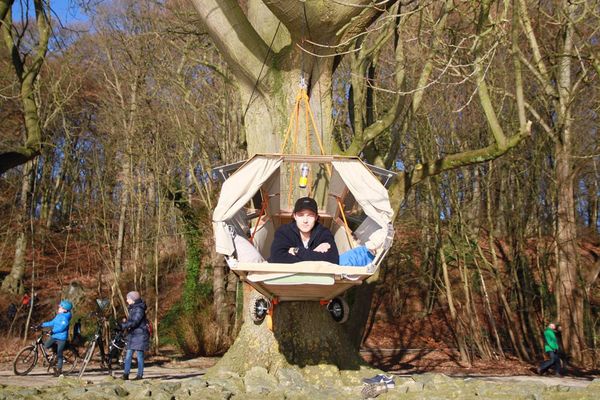
Private capsule hotel on a tree trunk | Tree Trailer
